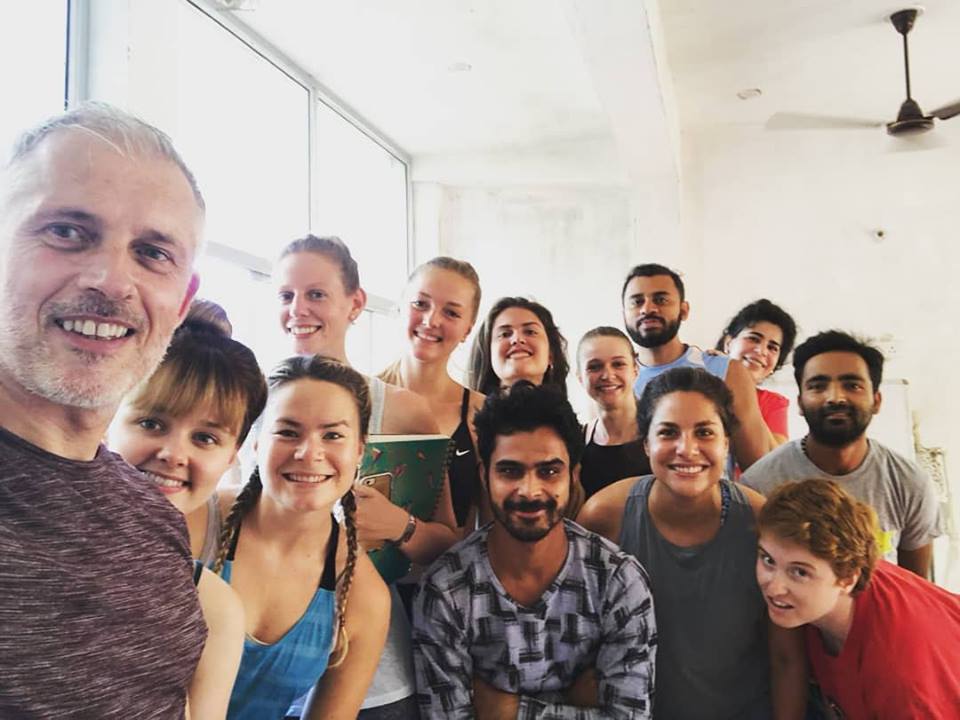
What characterizes power vs. vinyasa yoga can be confusing, and testing to make sense of how they may fit into your training. While the two styles share an association, a few contrasts exist that can affect a class involvement and desires. On the off chance that you are hoping to begin with either or the two styles, we are here to enable you to find the one of a kind qualities and highlights of intensity yoga versus vinyasa yoga.
POWER YOGA VS. VINYASA YOGA
The principle cover among power and vinyasa yoga is the accentuation on connecting breath to development to make a consistent stream between postures (vinyasa). Power yoga can be thought of as training that falls under the umbrella of vinyasa yoga: its utilization of vinyasa streams give it the liquid and breath-focused nature of yoga, while additionally grasping attention on exceptional physical wellness. Vinyasa yoga is a progressively versatile practice that can run from ease back and delicate to quick and exceptional — while continually keeping its essential spotlight on the breath. Along these lines, control yoga versus vinyasa yoga can be portrayed as quality and power versus adaptability and flexibility.
WHAT IS POWER YOGA?
Power yoga is a generally new expansion to the universe of yoga, having been created in the United States during the 1980s. It portrays an energetic, athletic, and more wellness-based way to deal with yoga. Notwithstanding a high-force level, control yoga incorporates connecting breath to development to make liquid advances between postures.
Power yoga was initially made as an increasingly adaptable option to ashtanga yoga — a succession of explicit postures rehearsed in a similar request without fail. Be that as it may, with no explicit stances or groupings required in power yoga, no two classes are similar. The regular characteristic between all classes is a physical work that is high-power, incredible, and athletic. You will assemble quality, continuance, and stamina in every session.
Other than building quality in the physical body, different advantages of rehearsing power yoga include:
- Expanded adaptability
- Expanded bloodstream
- An enhanced state of mind
- Decreased pressure
WHAT IS VINYASA YOGA?
A low-affect alternative for development
Vinyasa yoga has established in India and is training that joins breath to development to make a liquid and consistent stream between stances. It is prevalent because of its dynamic nature. Relaxing is generally instructed and polished in numerous vinyasa classes: inward breath and exhalation through the nose, and the opening between the vocal strings limited to make a perceptible hurrying or murmuring sound.
Vinyasa yoga is likewise gotten from the Ashtanga yoga practice, yet has no required stances and successions, which considers greater imagination and assortment inside classes. Vinyasa yoga is likewise unbelievably adaptable in its power level; it very well may be either enthusiastic and dynamic, or delicate and remedial. While components of vinyasa yoga can shift, the binding together rule of each class is the association of breath to development.
Vinyasa yoga is most importantly a breath-based practice: there is a consistent spotlight and mindfulness on connecting breath to development amid the training. While its essential advantage is creating adaptability, different advantages include:
- Enhanced cardiovascular capacity
- Enhanced rest
- Diminished pressure
- A more quiet personality
Both power yoga and vinyasa yoga give numerous advantages. Understanding the contrasts between the two styles can enable you to more readily choose when and how to fuse them into your training. To encounter a dynamic and incredible power yoga stream for yourself, look at this guide on the Power Yoga Sequence You can visit Rishikeshvinyasayogaschool.com now